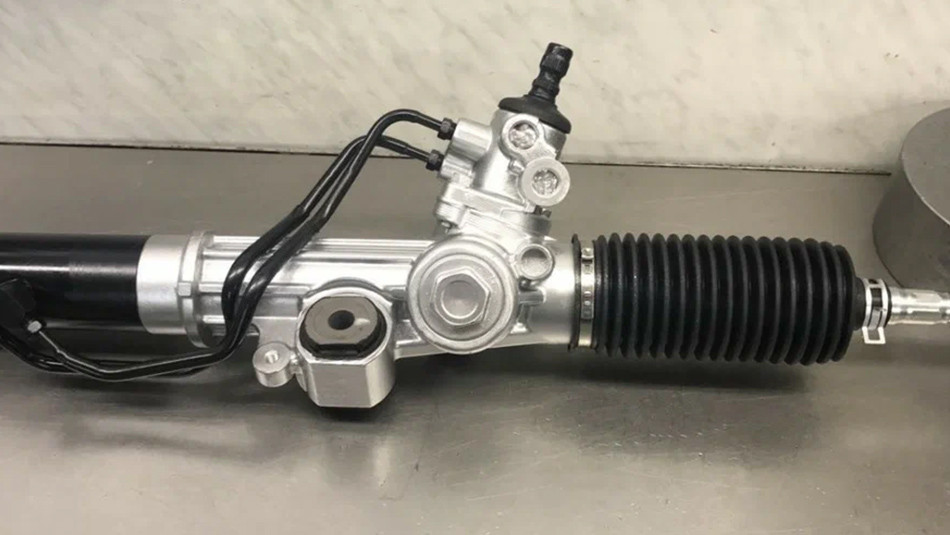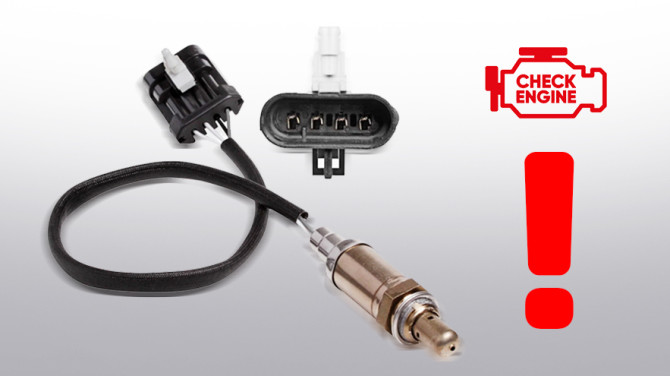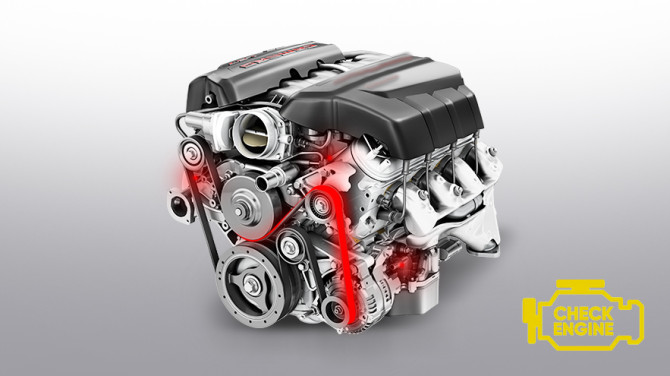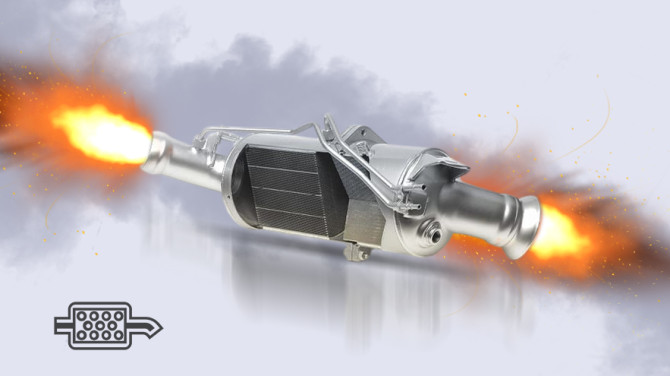Noises in the Steering Gear: Threats and Repair Methods

While the engine is often referred to as the heart of a car, the steering mechanism can accurately be compared to its spine. How easily and precisely the steering wheel turns determines the "posture" of the car – its behavior on the road, hence its maneuverability and safety.
Steering Gear Failures
Disruptive sounds related to steering a vehicle are somewhat diverse. They can be divided into four categories:
- Knocking
- Noise
- Squeaking
- Whistling
Knocking is the absolute leader among steering rack failures. It may occur when turning corners or when driving over bumps at speeds of 40-50 km/h, and it is audible in the steering wheel. It can be heard in the lower part of the engine compartment but is faint, non-ringing, and non-thunderous noise.
Causes of Steering Gear Knocking
The main causes of knocking are:
- Poor tightening of the steering system mount.
- Clearance caused by wear of the bearing sleeve.
- Clearance in the rack bearings.
- Increased clearance caused by wear of gear teeth or sliding pads.
In addition to natural aging, wear of steering system components can also be caused by damage to rubber protective covers and the entry of contaminants. However, rust can also appear on internal parts even with well-maintained covers due to condensation caused by temperature fluctuations.
Steering Gear Noise or Humming
Such sounds when turning the steering wheel are most often caused by:
- Corrosion of the bearing.
- Air entering the power steering system due to leaks or critically low fluid levels.
Squeaking in the Steering Gear
This sound can be heard when the steering wheel is turned in one direction. It is audible when the wheel hits a curb or when the wheel plunges into a deep pothole at speed. Such damage causes the bending of the rack. In these cases, unfortunately, rack replacement is unavoidable.
Whistling in the Steering Gear
Whistling in the steering gear usually occurs when the power steering pump belt is insufficiently tensioned or damp, or if there are issues with tensioning pulleys or rollers.
How to Eliminate Noises?
It should be noted that other vehicle components can also cause the following faults:
- Wheels requiring balancing.
- Worn brake calipers.
- To be sure that the steering gear is the source of strange noises, diagnostics are necessary. The best solution is a visit to a workshop, but if you cannot get assistance from a mechanic, you can try to find the cause yourself.
- Ask a friend to turn the steering wheel in place and try to understand where the noises are coming from. Listen from below with the hood open. Check if rubber covers are intact and if there is no oil leakage from the power steering hose. Power steering fluid differs from engine oil or transmission fluid – it has a characteristic red color and a more fluid consistency.
DIY Steering Gear Repair
In some cases, noises can be eliminated independently. To do this:
- Tighten the steering rack adjusting screw to the proper torque according to the vehicle's user manual.
- Check and, if necessary, tighten the power steering belt.
- Check the fluid level in the power steering reservoir and top up if it is too low.
If there is no fluid in the reservoir at all, the power steering system must be pumped before use. To do this, turn the steering wheel alternately left and right with the engine running at around 2000 rpm until it turns easily.
Steering Gear Repair and Regeneration
However, not all repairs can be carried out in a garage, even if you think you have sufficient mechanical skills. Proper diagnosis depends on the experience and skills of the person conducting it, so a workshop mechanic will do it better than a driver. Overlooked faults are low-quality parts that are still present in the car and are dangerous not only in themselves but can also cause damage to serviced units connected to them.
A visit to a qualified workshop is not only a guarantee of a correct diagnosis but also a money-saving measure. In most cases, the steering rack, power steering pump, and other steering system elements do not need replacement because they can be repaired. For example, a damaged rack, corroded due to strong corrosion, can be regenerated, and a worn housing can be renewed using bushing, which can be done in an STS. Not to mention leaks, which can be repaired with a repair kit and a pair of skilled hands.
Moreover, without visiting a specialized workshop, it is almost impossible to perform the necessary procedures related to repairing and regenerating the steering rack: calibration of sensors if the car is equipped with electric power steering (EPS), adjustment of the steering rack, and, of course, the necessary wheel alignment – essential for any manipulations with tie rods.
In case the steering rack is beyond repair, at STS you can opt for a refurbished unit that has been renewed and tested using specialized equipment. Here you can buy a steering rack.







